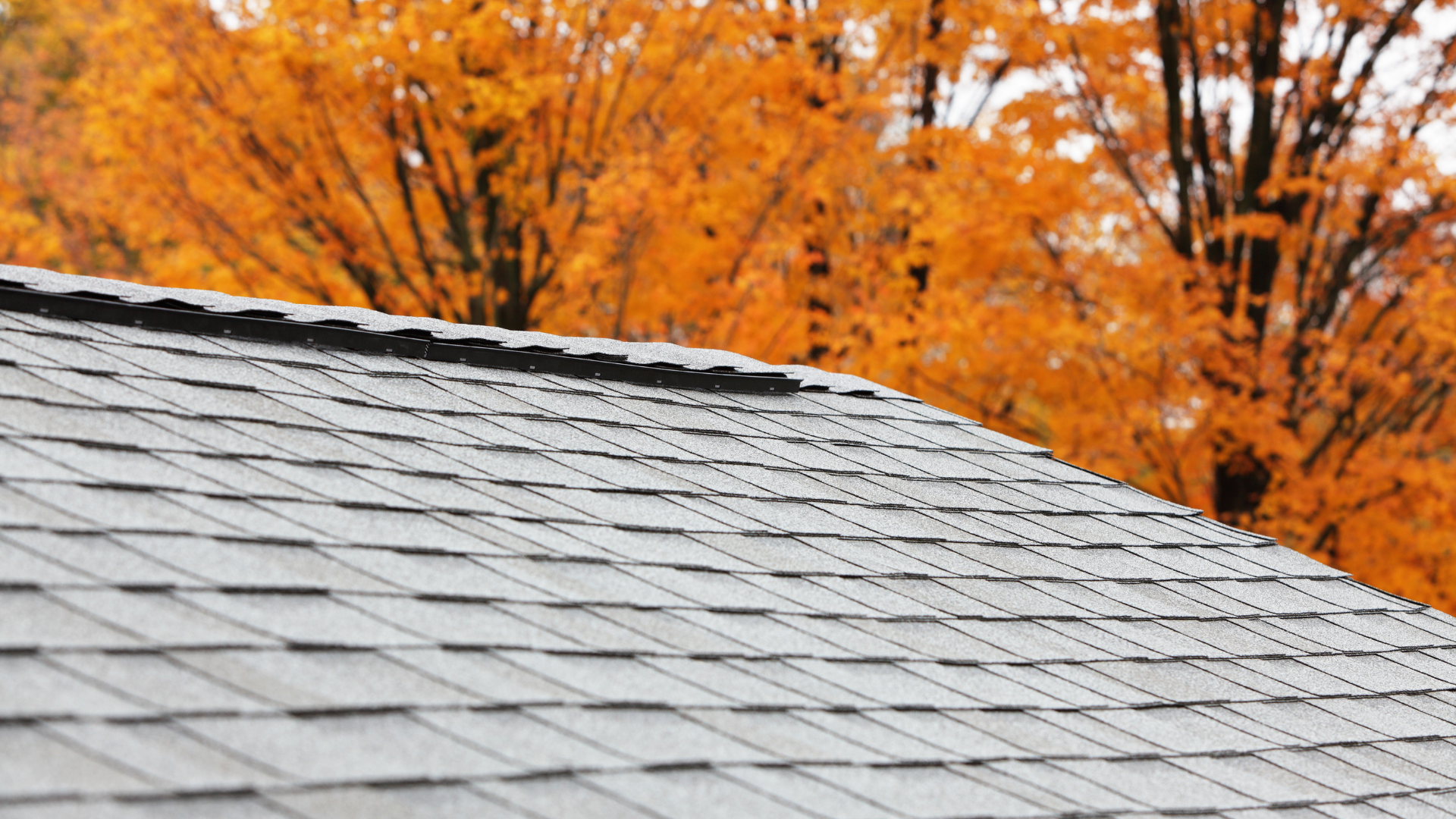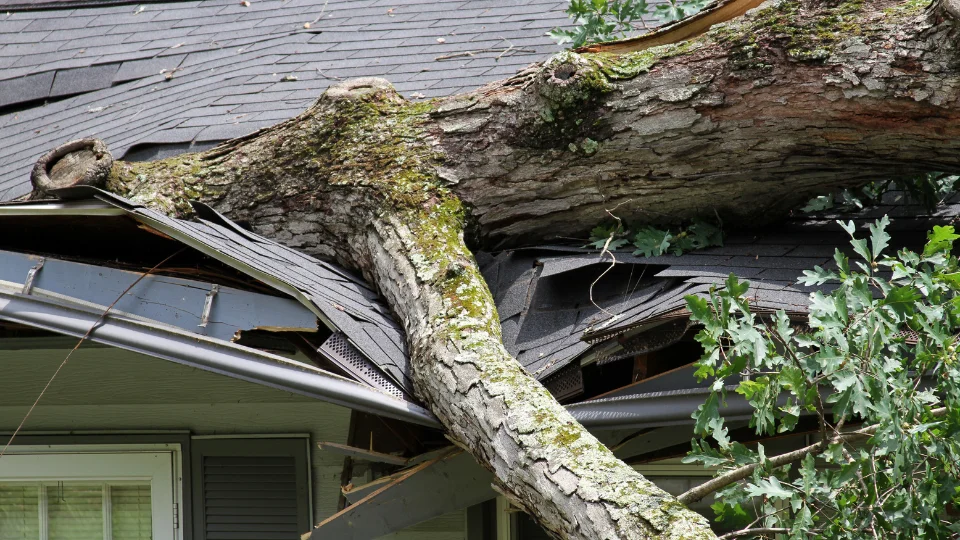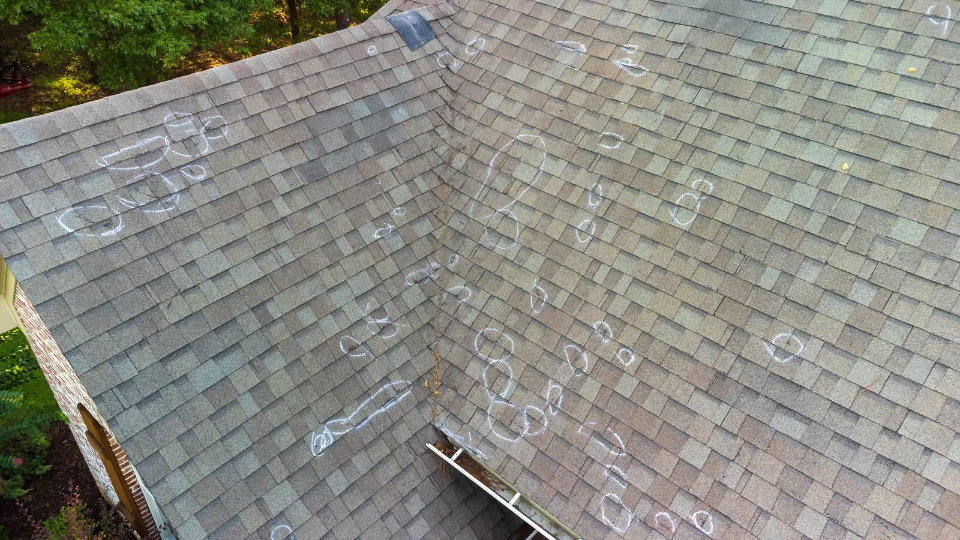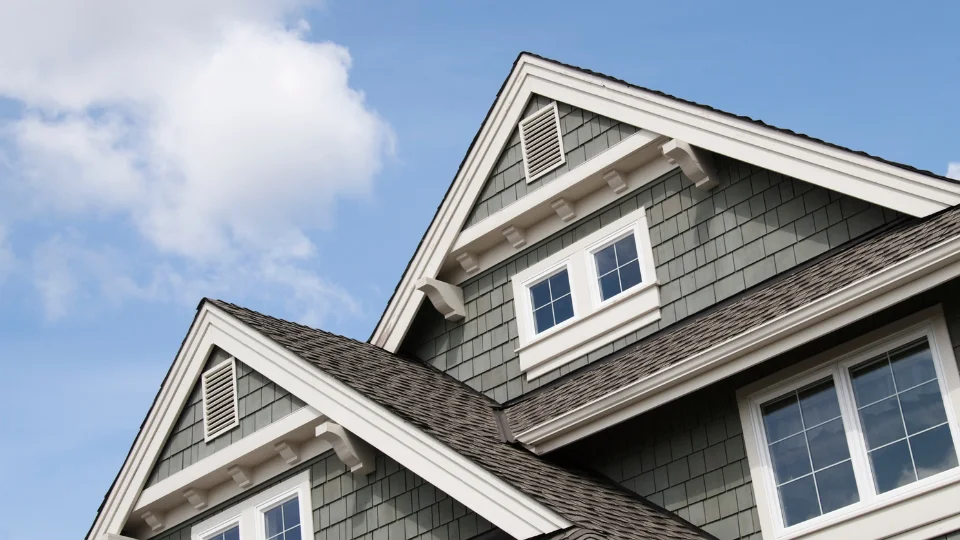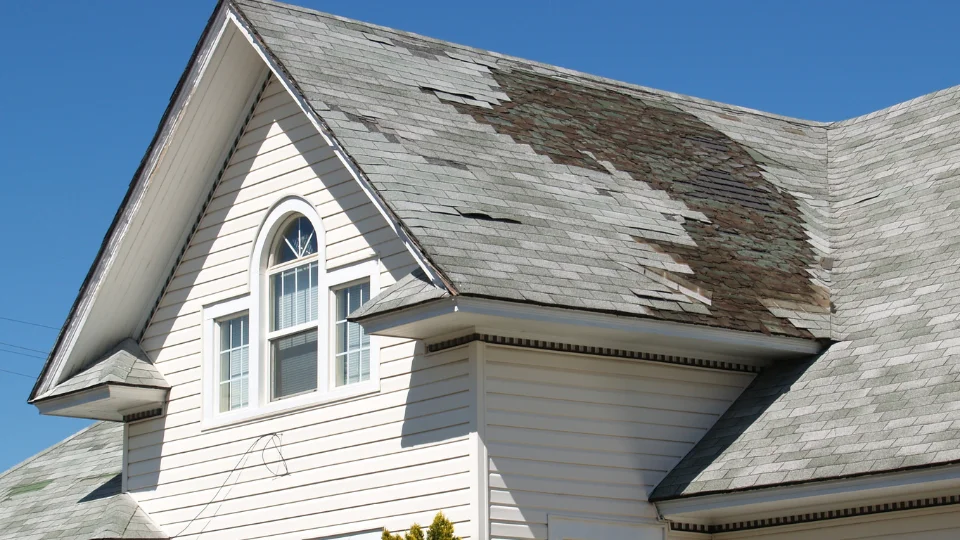Dealing with a damaged roof can be stressful, but there’s some good news: your insurance often covers roof damage! In this blog, we’ll walk you through the best strategies to maximize your roofing insurance claim and get the coverage you deserve. Keep reading for expert tips on how to make the most of the process.
Types of Roof Damage Covered by Insurance
Insurance policies generally cover roof damage caused by weather events or accidental impacts. Understanding which types of damage are typically covered is crucial for getting your claim approved.
Weather-related Damage
Most insurance policies cover roof damage from severe weather, including storms, hail, and strong winds. If a storm rips off shingles or a tree crashes onto your roof, your insurance should step in to help with repairs.
Hail, for example, can dent shingles and tiles, which may lead to leaks. This type of damage is usually covered, but make sure you file your claim quickly—insurance companies often require you to report weather-related damage promptly. Take clear photos and document everything right after the event to strengthen your claim.
Don’t forget to have a professional assess the damage as soon as possible. Their report will go a long way in ensuring you get the compensation you need.
Accidental Impact
Sometimes, damage to your roof happens unexpectedly, like a tree falling during a storm or a baseball hitting the shingles. These accidental impacts are typically covered by homeowners insurance.
When filing a claim for accidental damage, it’s important to provide evidence of the incident—photos, and even reports from authorities like the police or fire department can support your case.
Having strong documentation is key to maximizing your payout and making sure all necessary repairs are covered by your insurance.
Common Exclusions in Roofing Insurance
While many damages are covered, it’s important to know that not everything is. Cosmetic damage and normal wear and tear are common exclusions in roofing insurance.
Cosmetic Damage
Insurance companies generally don’t cover damage that only affects how your roof looks but doesn’t harm its structure or function. For example, scratches or discoloration may not qualify for coverage since they don’t prevent your roof from doing its job—keeping water and other elements out.
Even though cosmetic damage might affect your home’s curb appeal or resale value, it’s considered a low priority by insurance providers.
Wear and Tear
Normal aging or lack of maintenance can also leave your roof vulnerable to damage, but these issues usually aren’t covered. Roofs naturally deteriorate over time, but if your roof’s problems are due to age or neglect, you may be on your own when it comes to paying for repairs.
That’s why it’s essential to stay on top of routine maintenance and repairs to keep your roof in good shape—and to ensure you’re covered when something unexpected happens.
Now, let’s look at the critical steps in the roof insurance claim process.
Key Steps in the Roof Insurance Claim Process
Navigating the insurance claim process can feel overwhelming, but following these steps will help you maximize your payout:
Review Your Policy for Coverage Details
First things first—carefully review your homeowner’s insurance policy to understand exactly what’s covered. Is weather-related damage included? What about accidental impact? Knowing what’s excluded, like cosmetic damage or wear and tear, will help manage your expectations.
Understanding your policy also helps you avoid potential roadblocks during the claims process.
Assess and Document the Damage
Before you file your claim, make sure you’ve assessed the damage thoroughly. Take clear, detailed photos of everything, from damaged shingles to interior leaks caused by roof damage. It’s a good idea to have a professional roofing contractor evaluate the damage as well, to ensure nothing is overlooked.
The more detailed your documentation, the stronger your claim will be when it comes time to negotiate with your insurance company.
Get a Professional Repair Estimate
Once you’ve documented the damage, the next step is to get an estimate from a reputable roofing contractor. This will give you a clear idea of how much it will cost to repair or replace your roof, and it provides a solid foundation for your insurance payout.
A detailed estimate will help you ensure that all necessary repairs are covered and that you’re not left paying more than you should out of pocket.
Tips for Maximizing Your Insurance Payout
To get the most out of your roof insurance claim, follow these expert tips:
Act Quickly to File the Claim
Don’t wait too long to file your claim! The faster you act, the sooner you can get your roof repaired. Insurance companies typically require prompt reporting of damage, so taking quick action not only speeds up the process but also ensures you won’t run into issues with deadlines or delays.
Maintain Detailed Records of All Correspondence
Throughout the claim process, keep detailed records of every conversation and correspondence you have with your insurance company, adjusters, and contractors. This includes emails, letters, and even notes from phone calls. It’s also a good idea to keep copies of any documents you send or receive.
This level of organization helps protect you in case there are any disputes or misunderstandings later on.
Consider Hiring a Public Adjuster
If you’re feeling overwhelmed or unsure how to handle your claim, hiring a public adjuster might be a good option. These professionals specialize in insurance claims and can help you get the highest possible payout. They know how to negotiate with insurers and understand the intricacies of your policy, ensuring you’re not leaving money on the table.
Dealing with Claim Denials or Underpayments
Sometimes, even when you’ve done everything right, your claim might be denied or you may receive an underpayment. If that happens, don’t worry—you still have options.
Understanding Your Appeal Rights
If your claim is denied, you have the right to appeal the decision. Review your policy, gather supporting evidence, and submit a strong case for reconsideration. Be mindful of the time limits for filing appeals, and if necessary, seek legal assistance to guide you through the process.
Strategies for Negotiation
Negotiation is a key part of the claims process. Be sure to present all your evidence and professional estimates to back up your claim. Staying assertive and proactive in your communication with the insurance company will improve your chances of getting a fair settlement.
Hiring a public adjuster or consulting with a contractor experienced in insurance claims can also help you navigate these negotiations more effectively.
Conclusion
Roof damage can be a headache, but understanding your insurance policy and following the right steps can make all the difference in getting the coverage you deserve. Act quickly, document everything, and don’t hesitate to seek professional help if needed. These strategies will help you maximize your payout and ensure your roof is repaired promptly.
Need help with your roof repair or insurance claim? Contact Landmark Roofing today, and let our experts guide you through the process, ensuring you get the most out of your insurance coverage!

